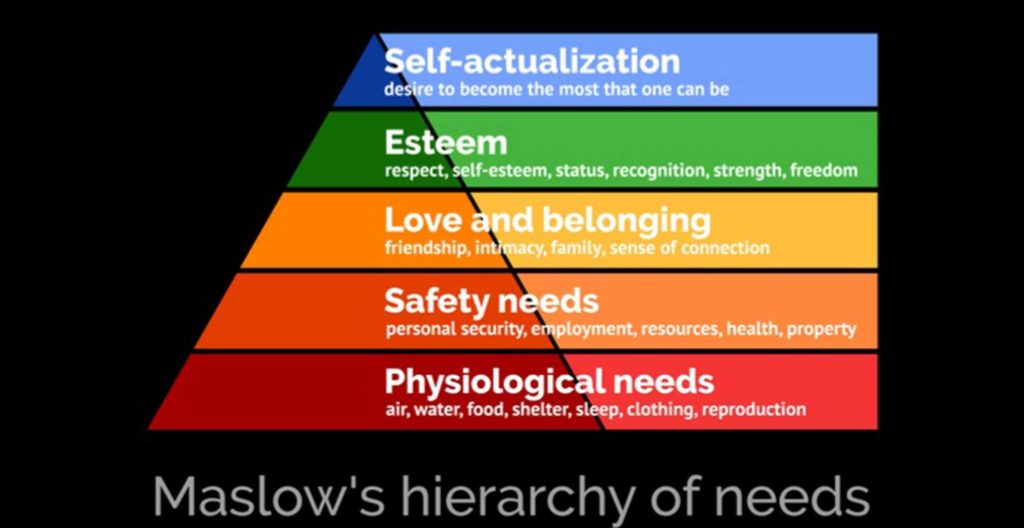You probably don’t need us to tell you that COVID-19 did a number of face-to-face events.
In the wake of the pandemic, businesses have leapt with both feet into the world of virtual events. Yet as things begin to trend back to normal, do face-to-face events still hold an appeal? We think so.
Here are six reasons why face-to-face events still matter.
1. The Intangibility of Sociability
Many intangibles govern our social interactions—more than we often realize. Everything from micro-expressions to the way we stand can influence the opinions of the people we speak with.
Digital events can make all interactions that much harder as a result. Conversations can come off stilted and awkward, and not everyone feels comfortable negotiating that digital interaction space.
Put simply, face-to-face events are more natural to us, which completely changes the way we interact. We’re all still apes, in the end.
2. We Like Stuff
That ape thing? It applies in other ways, too. For instance: we love to touch things.
The digital world is dissatisfying to us on an instinctual level because it doesn’t accommodate that instinct. At events, there are tangible things to look at, interact with, and take home. All of these things stick better in the memory—and are more fulfilling—than virtual interactions.
3. The Happenstance Factor
Some of life’s best opportunities come from happenstance.
There’s very little room for happenstance in digital events, though. You’re unlikely to bump into your next major client or have a mutual acquaintance hook you up with a new business partner. Digital events are typically too structured for this and lack the human element of chaotic interaction.
For these unplanned but incredible occurrences, face-to-face events remain the king.
4. Building Communities
As digital living has taken over our lives, community spirit has waned. That’s as true in the business world as it is in our daily lives.
Face-to-face events are an excellent way to reverse that trend. By meeting in person, we can network, interact, and built strong business communities that benefit everyone. In a way, this is the long-term, big picture outcome of the points above.
5. Projecting Your Identity
One big problem facing businesses suddenly forced into a mostly digital space is the loss of identity. The talking heads of a Zoom meeting can feel neutral, void of business personality, no matter how exciting your employees are.
When attending face-to-face events, you get a real chance to put your brand’s personality out there and make a statement.
6. They’re Fun!
No matter how much we love our jobs, we all enjoy some time out of the office now and then. Face-to-face events aren’t just a chance to do business, they’re also fun and a chance to get away from everyday operations.
By contrast, digital events can feel like just another virtual meeting. They don’t offer that variety and, in a world where we’re increasingly glued to screens, they don’t offer a chance to get away from things.
Why Face-to-Face Events Still Matter
If you’ve wondered why face-to-face events still matter in an increasingly digital world, then wonder no longer. If digital had all the answers, we’d have all made the switch a decade ago—so it’s clear that face-to-face events still have their place.
Looking for an event marketing upgrade? Check out our events & activations services today.










